Housing cattle is underway as heavy rainfall is making ground conditions harder to manage. When it comes to housing, a planned approach works best. Outlined are some tips to consider when bringing cattle in for winter housing.
1 Prioritise cattle for housing
As ground gets softer, prioritise certain cattle for housing first. Forward stores, finishing cattle and autumn-calving cows that will be served later this month should be first to house. This leaves more ground to spread other cattle over and ease the pressure on land.
Next up, house spring-born bulls that will be intensively finished next May and June. Their dams can be housed and dried off. Lighter stores and late-calving cows can stay outside and be housed last.
2 House cattle in phases
Many farmers tend to leave all cattle at grass for as long as possible. But more often than not, when weather breaks for good, herd owners are forced to house in a rush.
All cattle are then brought inside on the same day, often with a wet coat, and pneumonia outbreaks are common.
Be pro-active to housing. There may still be grass on the farm, but it will have little feed value at this stage of the year.
Regularly housing in small batches, based on priority groups, will stretch grass supplies further for lighter stock and avoids housing every animal in a panic once the weather beats you.
Housing in small groups also makes monitoring animal health much easier when cattle do come indoors.
3 Take advantage of dry days
Take advantage of drier days to bring a group of cattle indoors. Housing in dry conditions reduces the risk of pneumonia in young stock.
4 Allow cattle to settle before completing management tasks
Do not worm, vaccinate or wean cattle on the same day as housing. Let animals settle in the shed for a couple of days, then carry out such management tasks. It may be extra handling, but animals will be under less stress.
5 Offloading surplus stock and passengers
Before housing, are there surplus cattle that can be offloaded to reduce the stocking density in the shed?
Once housing moves into top gear around the country, there will be more cattle moving through marts and factories.
Acting early and beating the peak periods of autumn throughput may help to improve sale value on cull cows or surplus stores.
Read more
Beef Trends: factories apply pressure to trade
Budget 2023: impact on suckler, sheep, dairy and tillage farmers
Housing cattle is underway as heavy rainfall is making ground conditions harder to manage. When it comes to housing, a planned approach works best. Outlined are some tips to consider when bringing cattle in for winter housing.
1 Prioritise cattle for housing
As ground gets softer, prioritise certain cattle for housing first. Forward stores, finishing cattle and autumn-calving cows that will be served later this month should be first to house. This leaves more ground to spread other cattle over and ease the pressure on land.
Next up, house spring-born bulls that will be intensively finished next May and June. Their dams can be housed and dried off. Lighter stores and late-calving cows can stay outside and be housed last.
2 House cattle in phases
Many farmers tend to leave all cattle at grass for as long as possible. But more often than not, when weather breaks for good, herd owners are forced to house in a rush.
All cattle are then brought inside on the same day, often with a wet coat, and pneumonia outbreaks are common.
Be pro-active to housing. There may still be grass on the farm, but it will have little feed value at this stage of the year.
Regularly housing in small batches, based on priority groups, will stretch grass supplies further for lighter stock and avoids housing every animal in a panic once the weather beats you.
Housing in small groups also makes monitoring animal health much easier when cattle do come indoors.
3 Take advantage of dry days
Take advantage of drier days to bring a group of cattle indoors. Housing in dry conditions reduces the risk of pneumonia in young stock.
4 Allow cattle to settle before completing management tasks
Do not worm, vaccinate or wean cattle on the same day as housing. Let animals settle in the shed for a couple of days, then carry out such management tasks. It may be extra handling, but animals will be under less stress.
5 Offloading surplus stock and passengers
Before housing, are there surplus cattle that can be offloaded to reduce the stocking density in the shed?
Once housing moves into top gear around the country, there will be more cattle moving through marts and factories.
Acting early and beating the peak periods of autumn throughput may help to improve sale value on cull cows or surplus stores.
Read more
Beef Trends: factories apply pressure to trade
Budget 2023: impact on suckler, sheep, dairy and tillage farmers



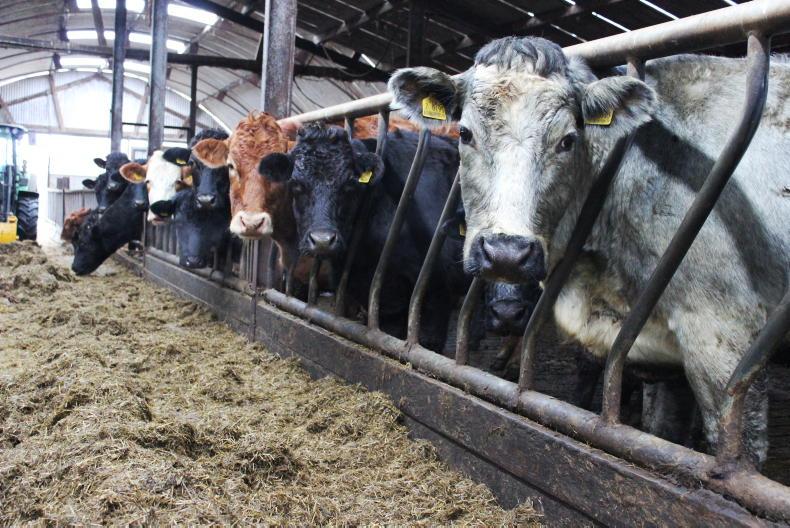

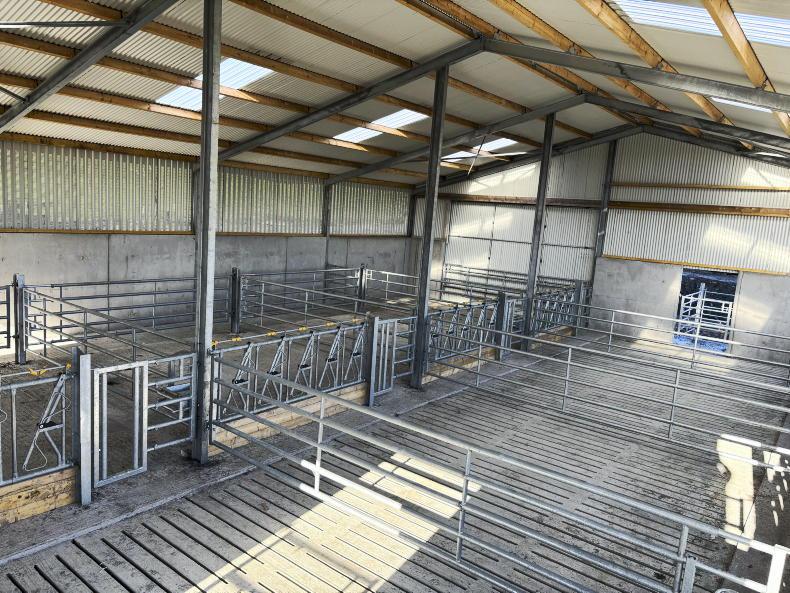

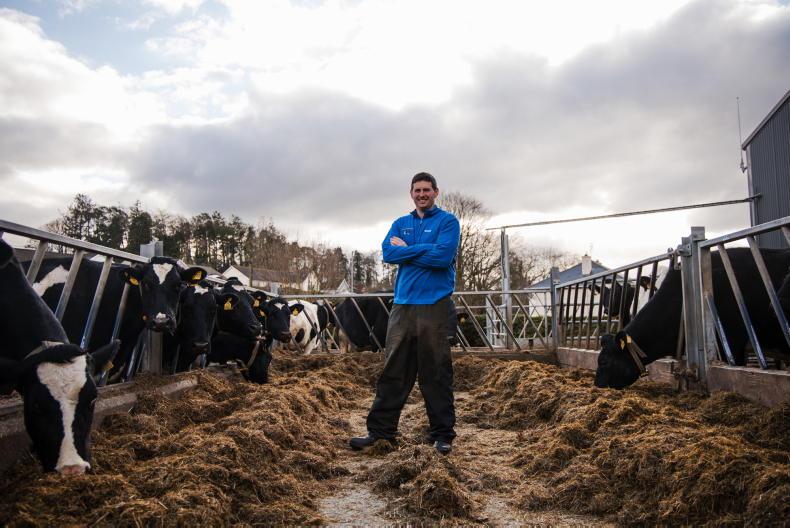
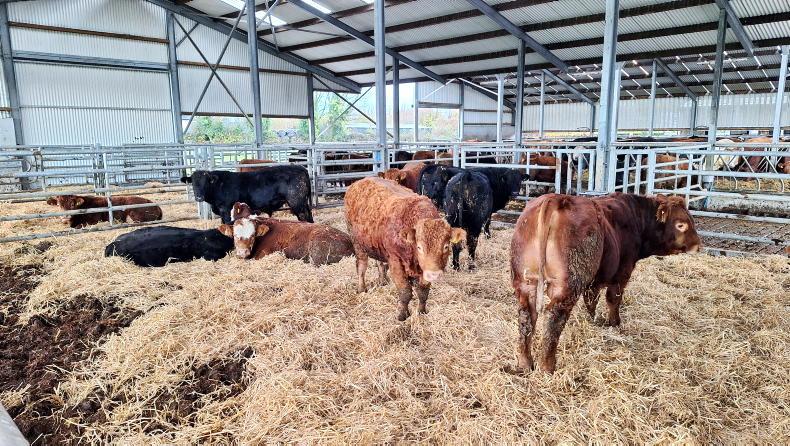
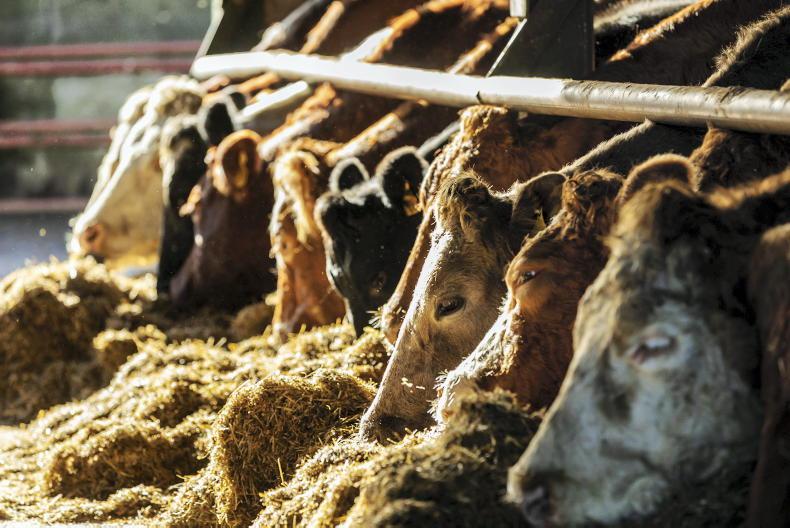
SHARING OPTIONS